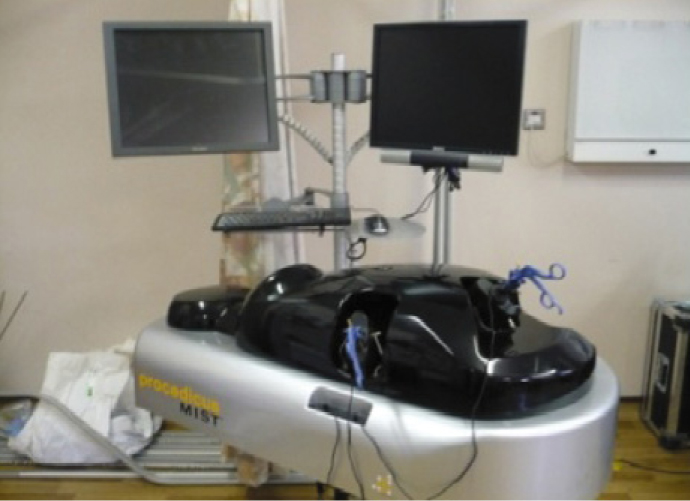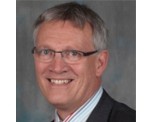Article of the week: Centralized simulation training combines technical and non-technical skills
Every week the Editor-in-Chief selects the Article of the Week from the current issue of BJUI. The abstract is reproduced below and you can click on the button to read the full article, which is freely available to all readers for at least 30 days from the time of this post.
In addition to the article itself, there is an accompanying editorial written by a prominent member of the urological community. This blog is intended to provoke comment and discussion and we invite you to use the comment tools at the bottom of each post to join the conversation.
If you only have time to read one article this week, it should be this one.
Development and implementation of centralized simulation training: evaluation of feasibility, acceptability and construct validity
Mohammad Shamim Khan, Kamran Ahmed, Andrea Gavazzi, Rishma Gohil, Libby Thomas*, Johan Poulsen†, Munir Ahmed, Peter Jaye* and Prokar Dasgupta
MRC Centre for Transplantation, King’s College London, King’s Health Partners, Department of Urology, Guy’s Hospital , *Simulation and Interactive Learning (SaIL) Centre, Guy’s & St Thomas NHS Foundation Trust , and †Department of Urology, Aalborg Denmark and King’s College Hospital, London, UK
OBJECTIVES
• To establish the feasibility and acceptability of a centralized, simulation-based training-programme.
• Simulation is increasingly establishing its role in urological training, with two areas that are relevant to urologists: (i) technical skills and (ii) non-technical skills.
MATERIALS AND METHODS
• For this London Deanery supported pilot Simulation and Technology enhanced Learning Initiative (STeLI) project, we developed a structured multimodal simulation training programme.
• The programme incorporated: (i) technical skills training using virtual-reality simulators (Uro-mentor and Perc-mentor [Symbionix, Cleveland, OH, USA] , Procedicus MIST-Nephrectomy [Mentice, Gothenburg, Sweden] and SEP Robotic simulator [Sim Surgery, Oslo, Norway]); bench-top models (synthetic models for cystocopy, transurethral resection of the prostate, transurethral resection of bladder tumour, ureteroscopy); and a European (Aalborg, Denmark) wet-lab training facility; as well as (ii) non-technical skills/crisis resource management (CRM), using SimMan (Laerdal Medical Ltd, Orpington, UK) to teach team-working, decision-making and communication skills.
• The feasibility, acceptability and construct validity of these training modules were assessed using validated questionnaires, as well as global and procedure/task-specific rating scales.
RESULTS
• In total 33, three specialist registrars of different grades and five urological nurses participated in the present study.
• Construct-validity between junior and senior trainees was signifi cant. Of the participants, 90% rated the training models as being realistic and easy to use.
• In total 95% of the participants recommended the use of simulation during surgical training, 95% approved the format of the teaching by the faculty and 90% rated the sessions as well organized.
• A significant number of trainees (60%) would like to have easy access to a simulation facility to allow more practice and enhancement of their skills.
CONCLUSIONS
• A centralized simulation programme that provides training in both technical and non-technical skills is feasible.
• It is expected to improve the performance of future surgeons in a simulated environment and thus improve patient safety.




This article describes a very good method of putting simulation centres to good use. I have seen many under used centres at many hospitals. By centralising training into large centres then we could expect a higher quality of trainers and training devices. Big thumbs up from me